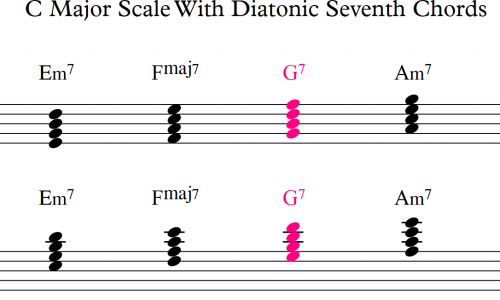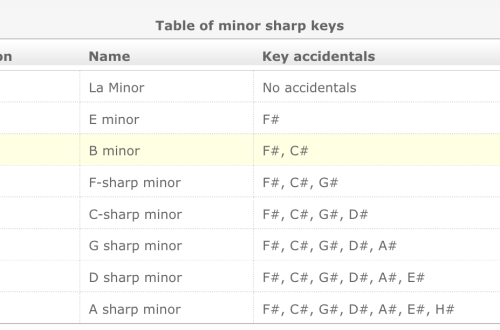
Microchromatic
Contents
What interesting feature has existed in music since ancient Greece, but is not known to everyone?
Microchromatic is a special kind of interval system of music. It was singled out and described by the famous Russian theoretical musician and outstanding musicologist Yuri Kholopov. The key concept of microchromatics is the microinterval, that is, the interval, the size of which is less than a semitone. Thus, there are microintervals quarter-tone, tretetone, six-tone, etc. It is noteworthy that they are stable elements of the sound system. Only now, an untrained ear is practically unable to distinguish them, therefore it perceives them as false or inharmonious changes in the structure of the mode.
Microinterval: an elusive step of the scale
Interestingly, microintervals can be accurately measured and can be represented as numbers. And if we talk about the height certainty of microchromatics, then its elements, like diatonic and chromatic intervals, constitute a full-fledged subject of harmony.
Nevertheless, a general notation system has not yet been invented for microintervals to this day. At the same time, individual composers still tried to record melodies created using microchromatic on a five-line stave. It is noteworthy that micro-intervals were described not as independent steps, but as microtonal alterations, which can simply be described as increased sharp or decreased flat.
A bit of history
It is known that microchromatic intervals were used in ancient Greek music. However, already in the musical treatises of Ptolemy and Nicomachus at the beginning of the heyday of the Roman Empire, their description was carried out not for understanding, but as a tribute to tradition, without implying practical use. In the Middle Ages, the interval system was even more simplified, although some theorists described the melodic series according to the ancient Greek tradition.
In practice, micro-chromatics began to be used again during the Renaissance, in particular by such musicians as John Hotby, Marchetto of Padua and Nicola Vicentino. However, their influence in European musical science was insignificant. There are also other single experiments with microintervals. One of the most striking examples is the work of Guillaume Cotelet “Seigneur Dieu ta pitié”, written in 1558 and demonstrating the truly colossal possibilities of microchromatics.
A huge contribution to the development of microchromatics was made by the Italian composer Ascanio Maione, who, commissioned by the naturalist Fabio Colonna, wrote several enharmonic plays. These works, published in 1618 in Naples, were supposed to demonstrate the capabilities of the Lynche sambuca keyboard instrument, which Colonna was developing.
Microchromatics in the 20th – early 21st centuries
In the 20th century, microchromatics aroused the interest of many musicians and composers. Among them are A. Lurie, A. Ogolevets, A. Khaba, A. Fokker, etc. But the Russian composer Arseniy Avraamov, for the first time in history, managed to combine microchromatic and electronic music in practice. The new theory was called ultrachromatic.
But one of the most active microchromatists was Ivan Vyshnegradsky. His talent belongs to a number of works in the piano duet genre, when one instrument sounded a quarter tone lower than the other. The Czech composer A. Haba also actively applied the theory of microchromatics. In 1931, he created the world-famous opera “Mother”, which is a full quarter-tone.
In the 1950s, Russian engineer E. Murzin created an ANS optoelectronic synthesizer in which each octave was divided into 72 (!) Equal microintervals. A decade later, the possibilities of this amazing instrument were intensively studied by A. Volokonsky, A. Schnittke, S. Gubaidulina, E. Denisov, S. Kreichi and others. E. Artemyev found the use for him – it was he who wrote the soundtracks of “space” music for the world famous film Solaris.
The latest academic music uses microchromatics very actively. But only a few of the authors apply the theory of microintervals in practice – these are M. Levinas, T. Murai, R. Mazhulis, Br. Ferneyhoy, etc. It is also interesting that with the development of new playing techniques and the revival of schools of ancient musical instruments, the closest attention is always paid to microchromatics.
Results
Now you know about microchromatics – what it is, when it appeared and how it “survived” in the history of music.





